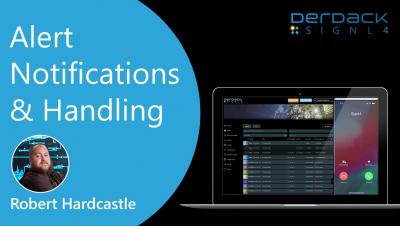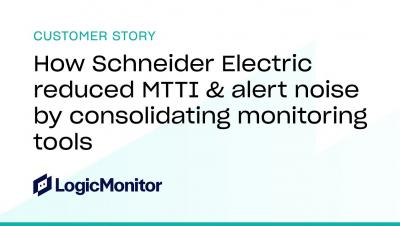July 2023 Update - New user management, Duty stand-ins, incident response in voice-calls and simplified SSO
User July update includes a new and optimized user management in the web portal and a new feature in the duty scheduler, which allows to easily create stand-ins for scheduled duty personnel. Furthermore, it is now possible to acknowledge or close Signls directly during the call. As always, all details can be found in this blog article.








